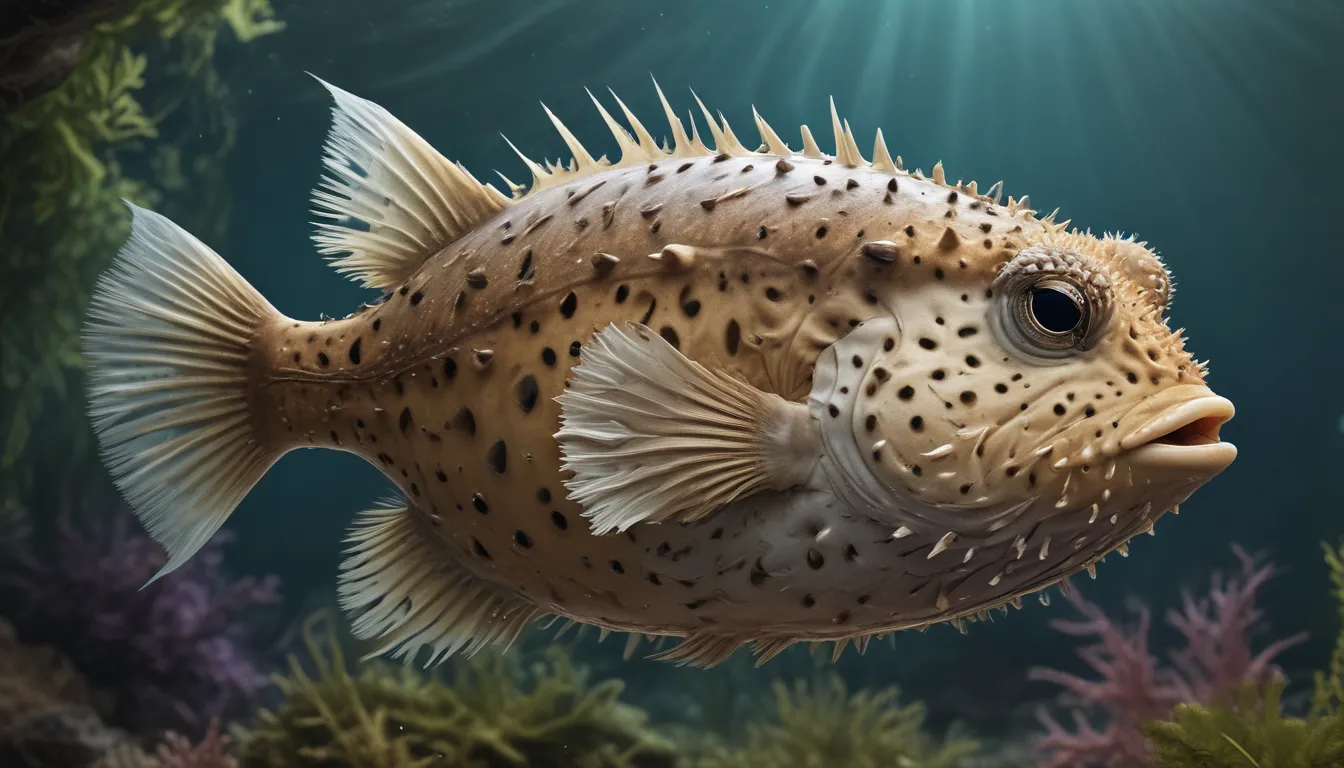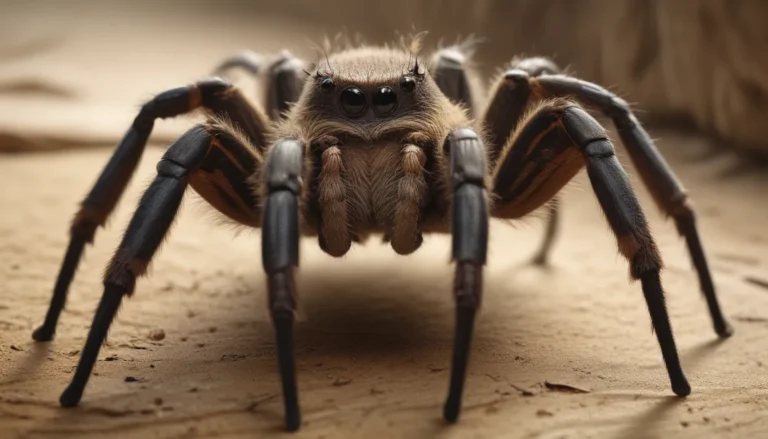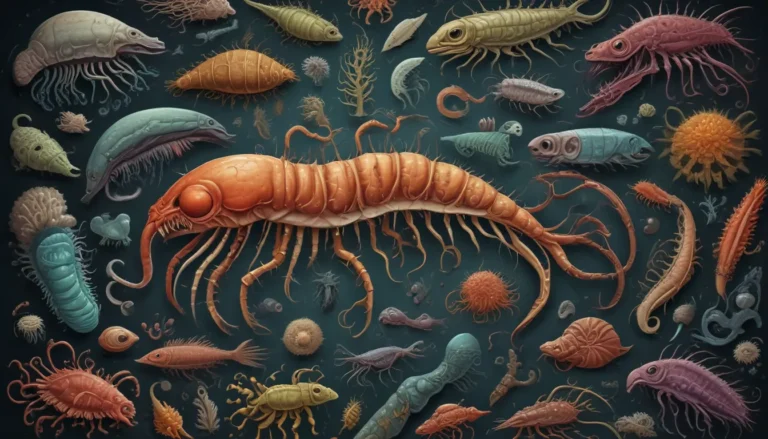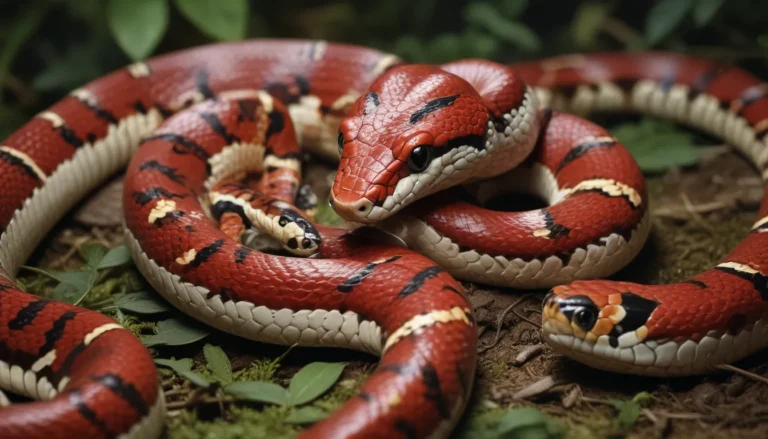The pictures we use in our articles might not show exactly what the words say. We choose these pictures to make you interested in reading more. The pictures work together with the words but don’t take their place. The words still tell you the important facts.
Welcome to the mesmerizing world of pufferfish, where these marine marvels never fail to captivate with their unique characteristics and behaviors. From their ability to inflate like balloons to their intricate mating rituals, pufferfish are truly fascinating creatures. Join us on an enchanting journey as we explore 18 fun facts about these spiky wonders, delving into their adaptations, behaviors, and more.
The Diverse Names of Pufferfish
Pufferfish, also known as blowfish, globefish, porcupinefish, or balloonfish, belong to the family Tetraodontidae, encompassing over 120 species. Their ability to inflate their bodies when threatened has earned them various colorful monikers, reflecting their remarkable nature.
The Ingenious Defense Mechanism of Pufferfish
In the face of danger, pufferfish exhibit a remarkable defense mechanism by gulping water into their elastic stomachs, rapidly inflating their bodies. This transformation serves as a deterrent to predators, making them look larger and rounder. Contrary to popular belief, pufferfish inflate by swallowing water, not air, causing their bodies to expand.
Exploring the Size Diversity of Pufferfish
Pufferfish come in a range of sizes, from a few centimeters to nearly a meter in length. The largest species, the oceanic sunfish, can weigh an astonishing 2,200 pounds (1,000 kg), showcasing the diversity within this intriguing family of fish.
Unveiling the Toxicity of Pufferfish
Many species of pufferfish possess potent toxins, notably in their organs and skin. These toxins, such as tetrodotoxin, serve as a defense mechanism against predators. Some pufferfish contain enough poison in their skin and certain internal organs to kill multiple adult humans, underscoring the importance of caution when interacting with these fascinating creatures.
Appreciating Culinary Caution
Despite their toxicity, pufferfish are considered a delicacy in certain cultures. However, consuming them requires expert handling to safely remove the toxins during preparation. Chefs serving pufferfish, known as fugu in Japan, undergo rigorous training and certification to ensure a safe culinary experience.
Marveling at Meticulous Mating Rituals
During the mating season, male pufferfish exhibit intricate behaviors to attract females. They create elaborate patterns on the seafloor, known as "crop circles," by swimming tirelessly and using their fins to carve the sand—an awe-inspiring display of nature's creativity.
Witnessing Nest Guardians in Action
Once a female pufferfish selects a mate, she lays her eggs in the center of the male's circular creation. The male diligently guards the eggs, circulating fresh water with his fins and shielding them from potential threats, showcasing a remarkable level of dedication and care in the underwater realm.
Exploring Pufferfish Diets
Pufferfish primarily feed on invertebrates such as crustaceans and mollusks, with some species also enjoying nibbling on coral. Using their strong beaks, pufferfish scrape algae off coral, demonstrating a diverse and adaptable approach to their dietary preferences.
Admiring the Impressive Inflation of Pufferfish
When pufferfish inflate, they can expand to many times their original size, with some species inflating up to three times their normal dimensions. The ability to become perfectly spherical showcases their remarkable adaptation in response to threats in their environment.
Delving into Unique Dentition
Pufferfish possess a distinctive dental structure consisting of four fused teeth, forming a beak-like structure known as a "beak plate." This specialized dentition enables pufferfish to crush the hard exoskeletons of their prey with ease, highlighting their remarkable evolutionary adaptations.
Observing the Swimmer Within
Despite their appearance, pufferfish are generally slow swimmers due to their body shape and small pectoral fins. Their agility lies in maneuvering and hovering rather than swift swimming, showcasing a unique blend of grace and efficiency in their underwater movements.
Embracing 360-Degree Vision
With eyes positioned on either side of their bodies, pufferfish have a wide field of vision that allows them to effectively spot predators from various angles. This adaptation enhances their survival abilities in their diverse marine habitats.
Celebrating Artistic Expressions
In addition to their defense mechanisms, pufferfish exhibit artistic talents by creating intricate sand sculptures on the seafloor. Male pufferfish engage in courtship behaviors by crafting beautiful patterns, showcasing creativity and beauty in the natural world.
Understanding Hydrodynamics in Motion
Pufferfish utilize their pectoral fins to navigate through the water, demonstrating precise control and stability in their movements. These fins enable them to maneuver efficiently in their marine environments, showcasing their adaptability and agility.
Exploring Lifespan Variations
The lifespan of pufferfish varies across species and environmental factors, with some living only a few years while others can survive for several decades in the wild. This diversity in lifespans adds to the complexity and richness of pufferfish biology.
Discovering Global Wanderers
Pufferfish are found in diverse marine habitats worldwide, including coral reefs, seagrass beds, estuaries, and even some freshwater systems. Their adaptability to various environments underscores their global presence and ecological significance.
Examining Predator-Prey Dynamics
Despite their defense mechanisms, pufferfish have natural predators such as sharks, dolphins, and larger fish. These predators can consume pufferfish without being affected by their toxins, highlighting the intricate interplay between predator and prey in marine ecosystems.
Addressing Conservation Concerns
Pufferfish populations face threats from overfishing, habitat destruction, and pollution, leading to some species being listed as vulnerable or endangered. Conservation efforts are vital to protecting these remarkable creatures and preserving the delicate balance of marine ecosystems.
In Conclusion
From their captivating defense mechanisms to their intricate behaviors, pufferfish offer a glimpse into the enchanting world beneath the waves. The diverse adaptations and behaviors of these spiky wonders continue to inspire scientists and nature enthusiasts alike. Let us appreciate and safeguard the rich marine biodiversity that brings beauty and wonder to our oceans.
Frequently Asked Questions (FAQs)
Are all pufferfish toxic?
Not all pufferfish are toxic, as there are non-toxic species within the family. It is essential to exercise caution and expertise when interacting with pufferfish to ensure safety.
How do pufferfish inflate without harm?
Pufferfish have highly elastic stomachs and specialized adaptations that prevent harm when inflating. Their unique physiology enables them to expand without compressing vital organs.
Can pufferfish deflate themselves after inflation?
Yes, pufferfish can gradually deflate by expelling water from their stomachs. This process allows them to return to their normal size and shape once the threat has passed.
Are pufferfish intelligent creatures?
Pufferfish exhibit certain levels of intelligence, particularly in their nesting and mating behaviors. While their intelligence is still subject to scientific study, their behaviors suggest cognitive complexity.
As we delve into the captivating world of pufferfish, let us embrace the wonder and diversity of marine life that enriches our planet's oceans. By understanding and protecting these fascinating creatures, we can ensure a thriving marine ecosystem for generations to come. Join us in celebrating the beauty and complexity of nature's spiky wonders beneath the waves.






